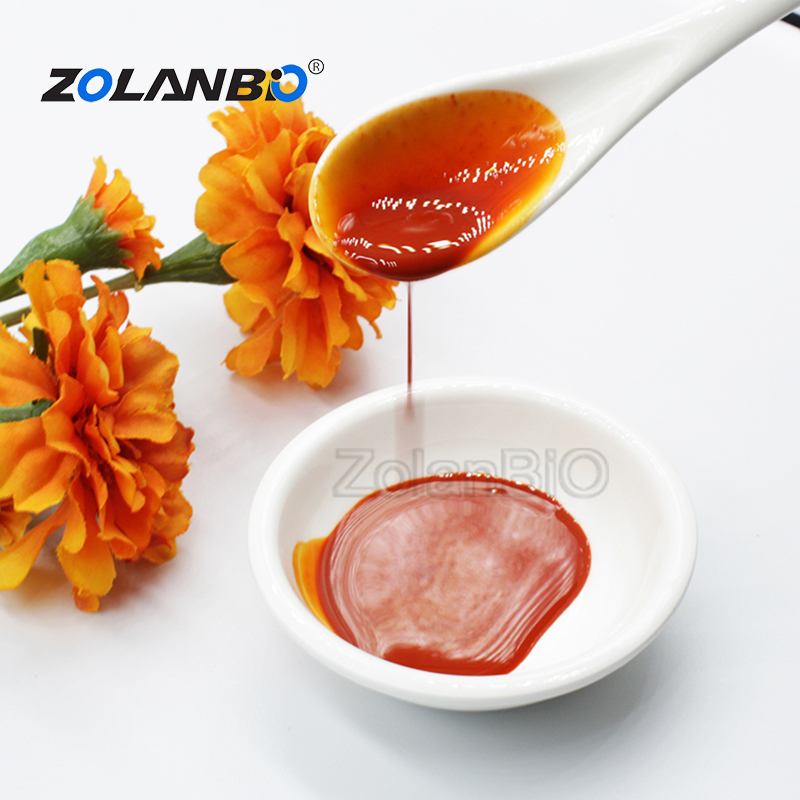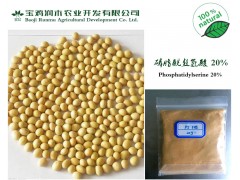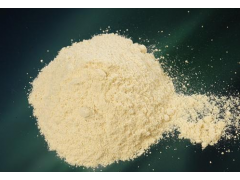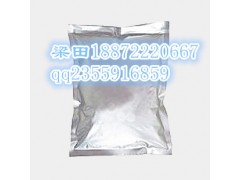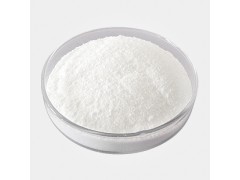Introduction
Astaxanthin, a member of the carotenoid family, is an oxygenated red-orange pigment. Astaxanthin is found in microalgae, yeast, salmon, trout, shrimp, crustaceans, and other sources. However, Haematococcus pluvialis appears to be the best source of astaxanthin. Astaxanthin cannot be synthesized by human and it must be provided in the diet. Astaxanthin has been proven to be one of the most powerful anti-oxidants yet discovered. University study shows Astaxanthin to be up to 550 effective than Vitamin E and 4 times than lutein in various antioxidant capacities.It freely crosses the blood-brain and blood-retina barriers to provide powerful support for eye and nervous system health. Moreover, increasing evidence suggests that Astaxanthin has extremely useful characteristics in scavenging of active oxygen, immune stimulation, cancer prevention and so on. Preclinical studies demonstrate that astaxanthin is safe and no known side effects.
ZolanBio focused on algal studies. Start from Haematococcus pluvialis species selection and cultivation, to astaxanthin extraction, purification, and microcapsule production as well. ZolanBio strictly controls every single process of production to ensure the best and most reliable quality.
Forms of ZolanBio Astaxanthin
Haematococcus pluvialis powder (1%-3%)
Application: feed additive or astaxanthin extraction.
Astaxanthin emulsions (0.1%-1%)
Application: beverage, soup base, oral liquid, candy, diary products, and other water-based products.
Astaxanthin oleoresin (5%, 10%)
Application: oil based products, soft capsule, lipoid cosmetics, microcapsule production.
Astaxanthin microcapsule Beadlets-A (1%, 2%, 2.5%)
Application: (double shell, cold water soluble): cosmetics, meat additive, premixed food ingredient, solid.
beverage.
Astaxanthin microcapsule Beadlets-B (1%, 2%, 2.5%)
Application: (double shell, non-soluble in cold water): tablet & hard capsule.
Customized: various specification and content.
Function & Application
1. Antioxidant
As you may be aware, antioxidants are good for you. Astaxanthin's antioxidant properties provide the main source of the health claims and benefits of the supplement, particularly when used to help treat cancer.
It's been linked to improved blood flow, and lowering oxidative stress in smokers and overweight people. A comparison study of astaxanthin and other carotenoids showed that it displayed the highest antioxidant activity against free radicals.
2. Cancer
Because of its antioxidant properties, there has been a lot of research on how astaxanthin might help to treat various cancers. One study found short- and long-term benefits for the treatment of breast cancer, including reduced growth of breast cancer cells.
The high cost of purified astaxanthin has limited its use in further studies and cancer treatments.
3. The skin
Astaxanthin can be used topically to promote healthy skin. A 2012 study showed that combining topical and oral doses of astaxanthin can help to smooth wrinkles, make age spots smaller, and help maintain skin moisture. There were positive results in both men and women, but more study is needed to confirm these findings.
4. Exercise supplement
There has been a lot of study on how astaxanthin can affect endurance, as well as fatigue levels after exercise. Studies on mice show that it can boost the body's use of fatty acids, which helps endurance, and prevent muscle and skeletal damage.
So far, however, evidence for its effects on human exercise is still lacking. One study using human subjects found no exercise benefits from astaxanthin supplements in relation to muscle injury.
5. Heart health
Researchers are also looking into claims that astaxanthin can benefit heart health. A 2006 study examined astaxanthin's effects on rats with hypertension (high blood pressure), and results indicated that it may help to improve elastin levels and arterial wall thickness.
Other claims include the notion that astaxanthin can prevent heart disease and help lower cholesterol, but there isn't sufficient evidence to support these uses yet.
6. Joint pain
Astaxanthin may also have a future in the treatment of joint pain, including conditions like rheumatoid arthritis, which affects nearly one in every five Americans, and carpal tunnel syndrome. However, results so far have been mixed.
|
Product Name |
Haematococcus Extract |
Latin Name |
Haematococcus pluvialis |
|
Part of used |
Whole part |
Active ingredient |
Astaxanthin |
|
Specs Available |
1%-10% test by HPLC |
Manufacturer |
Qingdao ZolanBio |
|
Appearance |
Dark red powder or oil |
CAS NO. |
472-61-7 |
|
Molecular Weight |
596.84 |
Molecular Formula |
|
|
Manufacturer |
Qingdao Zolanbio Co., Ltd |
||
|
Application |
A.Astaxanthin can applied in the health care supplements field B.Astaxanthin can applied in the medicine field C.Astaxanthin can applied in the beauty and make-up field D.Astaxanthin can applied in the agricultural feed field
|
||
|
Shelf life |
2 years |
Package |
1kg-5kg/aluminum foil bag, 25kg/drum |
|
Storage |
Store in cool and dry places. Keep away from strong light. |
||



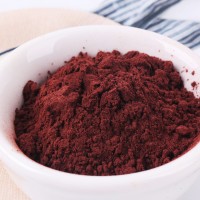



 登录后方可查看联系方式
登录后方可查看联系方式